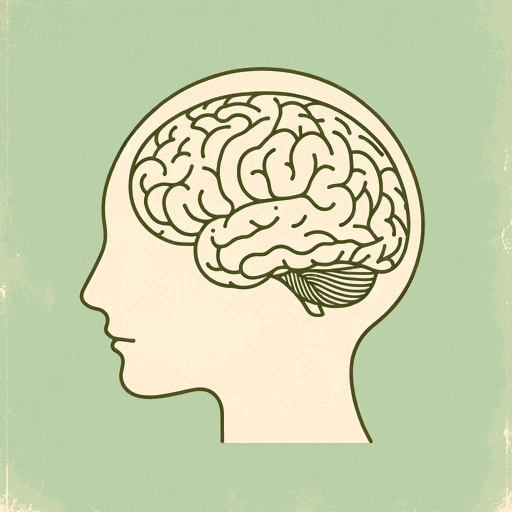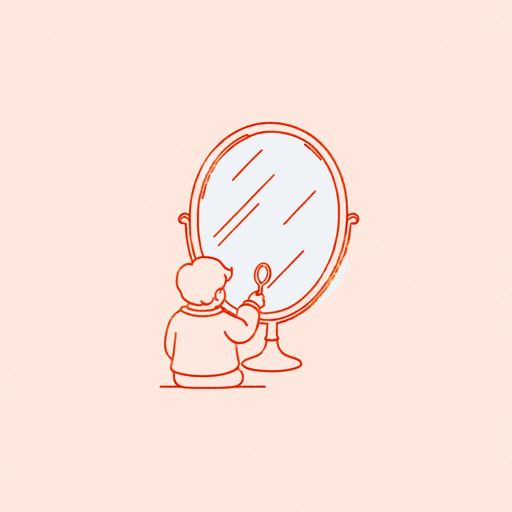62 pages • 2 hours read
Frances E. Jensen, Amy Ellis NuttThe Teenage Brain: A Neuroscientist's Survival Guide to Raising Adolescents and Young Adults
Nonfiction | Book | Adult | Published in 2014A modern alternative to SparkNotes and CliffsNotes, SuperSummary offers high-quality Study Guides with detailed chapter summaries and analysis of major themes, characters, and more.
Chapters 14-PostscriptChapter Summaries & Analyses
Chapter 14 Summary: “Gender Matters”
Jensen reveals that there are significant differences between the brains of adolescent boys and girls. Research shows that the male brain has more neural connections inside the individual hemispheres, while the female brain displays more connections linking hemispheres. Studies also indicate that males and females use different areas of the brain for the same activity, for example, reading aloud. Language development in girls is more advanced by approximately one and a half years during adolescence. The amygdala (the emotional center of the brain) and the hippocampus also develop earlier in females, suggesting why teenage boys find it difficult to talk about their feelings.
The ability to organize oneself requires connection and cooperation between different parts of the brain. Jensen reveals that while adolescent girls have the ability to “switch between tasks” (230), boys are slower to acquire these skills. She suggests that a lack of organizational skills interferes with the ability of boys to complete academic work efficiently. For example, their SAT scores are generally lower. This can have negative consequences for boys when applying to schools or colleges.
The author also argues that science is increasingly disproving gender-based stereotyping.


